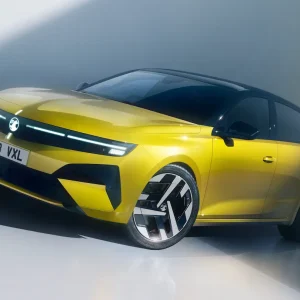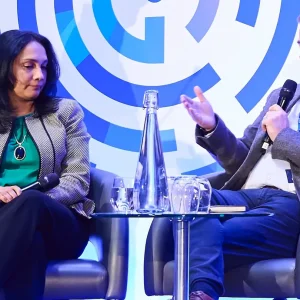Leasing company Arval says it has come up with a new approach to consultancy, designed to support fleets with their energy transition strategies.
It is branding the new approach as SMaRT (Sustainable Mobility and Responsibility Targets).
Arval says the new methodology is a response to the drive towards greener mobility across many European countries, and will be used to help the company’s clients define and implement their fleet energy transition strategy.
It says it recently carried out research that found 59% of companies were making CO2 emissions a priority in their car policies.
Arval says the SMaRT approach takes into account changing attitudes towards technologies such as hybrid and electric vehicles, the progressive integration of corporate social responsibility (CSR) objectives into fleet strategies, rising interest in alternative mobility services, the deployment of telematics-based services – especially in large businesses – and significant fleet growth expected in the next three years.
Arval UK head of consultancy Shaun Sadlier said: “Environmental issues have gained much greater prominence for fleets in recent years, which is a trend that is set to continue.
“At the same time, we have seen the emergence of a range of new technologies, both when it comes to the vehicles themselves and useful tools such as apps and telematics.
“All of this means that the fleet industry as a whole needs new approaches to consultancy and SMaRT formalises Arval’s thinking in this area.
“We have been working on SMaRT for some time and believe that it is a very powerful method of considering fleet issues in a CSR context.”
The company says the approach involves the following steps:
- Step one: Clients are allowed to define their future mobility and fleet ambitions, benchmarking against their peers as well as getting advice from Arval consultants on their specific mobility and fleet profiles, and potential strategies, going forward.
- Step two: The client’s current fleet is assessed against CSR-orientated key performance indicators in order to determine the right replacement strategies for each vehicle. Conventional reporting tools are used for this purpose, enriched with CSR data.
- Step three: A new calculator combines driver profiling to find the best match with a powertrain type from an energy perspective, subsequently looking at CSR and total cost of ownership.
- Step four: The debate is opened on alternative mobility options that could work for the client.
- Step five: Progress achieved is measured against initial aspirations, allowing the set-up of transition roadmaps. This also means the cycle can be repeated by returning to step one.





